Employee Wellness Month is celebrated every year in June. This key date highlights the importance of taking care of employees’ health in the workplace through initiatives and wellness programs.
Fostering employee wellness should be part of any HR department’s strategy. Employees who are healthy, both mentally and physically, are more productive and motivated. Moreover, employees with higher job satisfaction perform better, ultimately positively affecting the company’s results. Although this should be practiced all year round, if your company has no wellness programs, Employee Wellness Month could be the time to implement them.
The Purpose of Employee Wellness Month
Most employees spend a great deal of time in the office therefore, they need to work in a healthy work environment that encourages healthy practices and habits among employees. Employee Wellness Month has a primary objective of giving top priority to the well-being of employees in an organization and actively promoting it. This designated period serves as a platform to increase awareness regarding employee wellness’s significance and introduce various initiatives catering to their physical, mental, emotional, and financial well-being.

During Employee Wellness Month, employees are encouraged to embrace and sustain healthy habits, encompassing regular exercise, nutritious eating, stress management, and work-life balance. HR departments must analyze what the workforce is missing and implement wellness initiatives tailored to their workforce. By nurturing a culture that prioritizes well-being, organizations enable employees to make positive choices that improve their overall health and well-being.
Furthermore, Employee Wellness Month underlines the significance of fostering a positive work environment, motivating employers to establish policies like flexible work arrangements and employee assistance programs, thus placing employee well-being at the forefront. This concentrated effort towards employee wellness fosters a culture that places high value on the health and happiness of its workforce.
Key Components of Employee Wellness Month
Employee Wellness Month encompasses a variety of areas within health. Although we might associate Employee Wellness Month with physical health, we must emphasize the importance of mental health in the workplace and how the company can help employees who need psychological support.
1. Fitness challenges
Human Resources departments can create a fitness challenge to encourage employees to take on. This challenge can take various forms, such as step challenges, exercise competitions, or group fitness activities, motivating employees to exercise regularly and improve their physical fitness.
2. Workshops
Workshops are another vital component of Employee Wellness Month. These workshops focus on educating employees about various aspects of wellness, such as stress management techniques, mindfulness practices, and strategies for achieving work-life balance. These workshops empower employees to enhance their mental and emotional well-being by providing valuable knowledge and practical tools. Professional psychologists can run these if the company implements an employee well-being platform.
3. Encourage healthy eating habits
Promoting healthy eating habits is another key component of Employee Wellness Month. Organizations aim to improve employees’ physical health, energy levels, and overall well-being by promoting healthy eating habits. Organizations may offer educational sessions or workshops on nutrition, provide healthier food options at the office, and encourage employees to make nutritious choices through challenges or incentives.
4. Provide health screenings and check-ups
Companies should include a benefits package for each employee, which provides healthcare insurance. This insurance should give employees access to regular check-ups and screenings. These screenings may include blood pressure, cholesterol levels, body mass index (BMI), and other health metrics. By providing these screenings, organizations enable employees to monitor their health status, identify potential risks or issues, and take necessary steps to address them.
5. Emphasize the importance of well-being
Above all, Employee Wellness Month emphasizes the importance of overall well-being. It serves as a reminder for employees to prioritize their mental health and for employers to create a supportive work environment that values and supports employee well-being. By integrating these key components, organizations can create a comprehensive and impactful Employee Wellness Month that positively influences the health and well-being of their workforce.
Evaluating the Impact of Employee Wellness Month
Evaluating the impact of Employee Wellness Month is crucial to determine the initiatives’ effectiveness and make informed decisions for future wellness programs and employee well-being. This evaluation involves multiple key components.

HR Managers should collect employee feedback through anonymous surveys to allow organizations to gain valuable insights into employees’ experiences, perceptions, and satisfaction with wellness activities. Additionally, measuring employee satisfaction and engagement levels before and after the wellness initiatives can gauge overall success and identify areas for improvement. This evaluation process ensures that organizations can continuously enhance their employee wellness programs, tailoring them to their workforce’s specific needs and preferences while achieving positive outcomes regarding employee health, satisfaction, and engagement.
Emotional well-being in organizations
Prioritizing employee well-being extends far beyond the designated Employee Wellness Month. By adopting a long-term approach to employee wellness, organizations can establish a sustainable culture of health that permeates throughout the year. This involves implementing ongoing wellness initiatives, providing resources and support for employees, and fostering a work culture that values and promotes well-being. By doing so, organizations can reap the rewards of improved employee retention, attracting top talent, enhanced organizational reputation, and, ultimately, a happier and healthier workforce.
We hope you found this post about Employee Wellness Month interesting. If you would like more information about ifeel’s emotional well-being service for companies, simply get in touch, and we will contact your team as soon as possible.
What is Employee Wellness Month?
Employee Wellness Month is a key date held in June to promote and prioritize employees’ mental well-being in the workplace. It reminds organizations to focus on employee health and wellness.
Why is Employee Wellness Month important?
Employees who are healthy and happy tend to be more engaged, productive, and satisfied with their work. Organizations can create a positive and supportive work environment by prioritizing wellness initiatives during this month.
Can Employee Wellness Month initiatives be continued beyond the month of June?
Absolutely! The initiatives and activities implemented during this month can serve as a starting point for long-term wellness programs. It’s highly beneficial to continue promoting employee wellness throughout the year.
Is Employee Wellness Month only relevant for large organizations?
No, Employee Wellness Month is relevant for organizations of all sizes. While large organizations may have more resources to dedicate to wellness initiatives, smaller organizations can still make a significant impact by focusing on employee well-being. The key is to tailor the activities and initiatives to the organization’s size, budget, and the needs of its employees. Employee wellness should be a priority for all organizations, regardless of their size.










